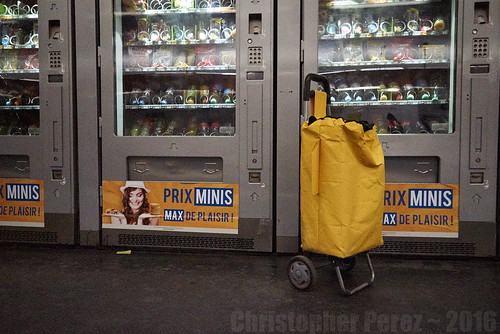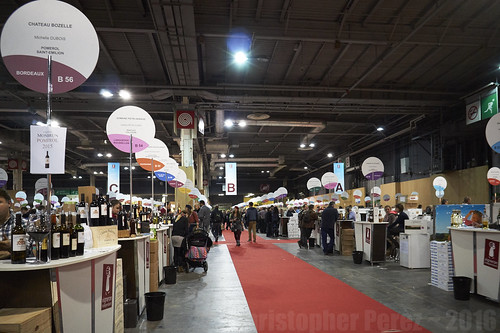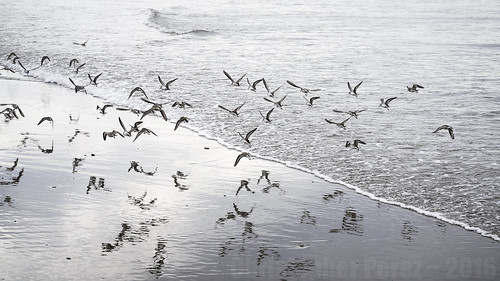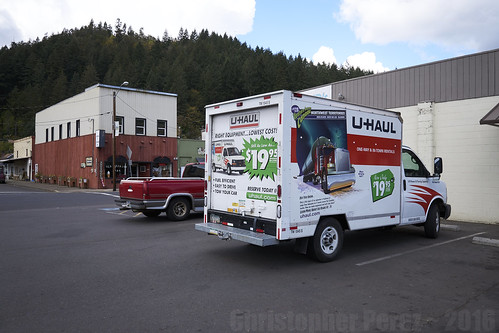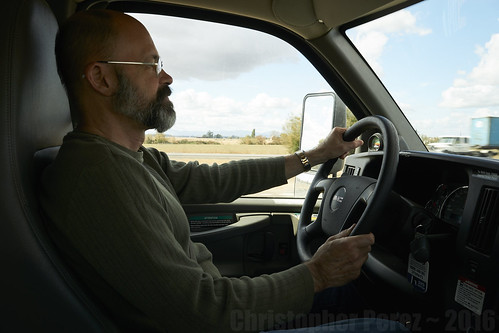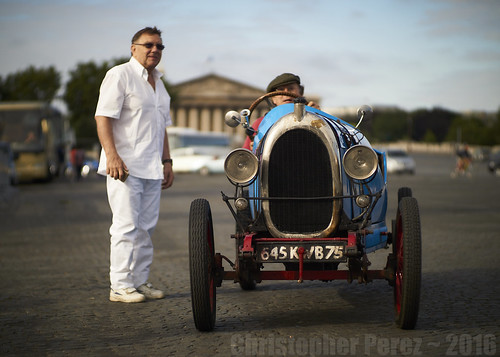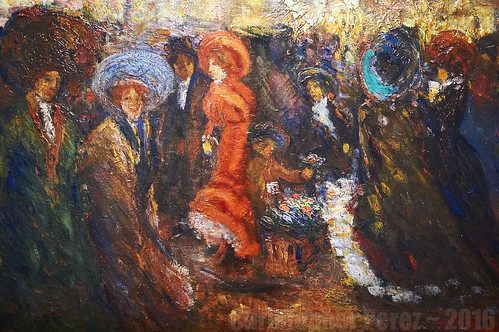I hoped going to an
Auto Ecole would be a simple, easy thing to do and that I'd have my French driver's license
tout de suite.
During January and February I was taking things easy, thinking I could "nail this thing", no sweat. In fact, I felt it'd be a Tip Toe Through the Tulips (see a prior post for the Tiny Tim ditty). I lightly read the guide and passed the on-line exams that the school provided. This was going to be Easy Peezy as one of Jude's friends likes to say. Straight-forward and, well, I've been driving for nearly 45 years. So just how hard could this be?
Each Wednesday and Saturday the Ecole would host a practice exam and one of the school's owners would review the correct answers and respond to any questions we might have. Once I started this process I realized I was really struggling to pass these exams. I could miss no more than 5 questions to pass and too many times I would miss between 8 and 11 questions out 40.
Discouraged by my lack of progress, March arrived just in time to provide a welcome distraction and a much needed vacation. You might ask "... you live where?? and still feel you need a vacation?..." Well, yes, actually. With the stress of two major attacks on Paris (the Charlie Hebdo murders and the attacks of November 13) we were taking a break, getting out of dodge. We needed to clear our minds, relax, enjoy the sun, and have a good time. The
Auto Ecole would have to wait.
While in Lisbon I resolved to read
le code carefully, thoroughly, and with an eye to seemingly small details, facts, and figures. Returning to a yet again depressed Paris (the attacks on Brussels occurred while we were away) I knew that the Real Thrash was about to begin. I needed to "get serious." Here is a little of what I discovered.
Les panneaux (signs) come in all manner of size, shape, and color. Each of these elements (size, color, shape) are critical to understanding what information is being conveyed. Taken individually signs seem easy to understand. But, what about when two or more signs occupy the same post? Which takes priority? Which indicate a restriction of one class of vehicle and not others? What do the measurements for height or length restrictions mean if you are exactly the length indicated? All of these details are important and the combinations and the effects of their combining, their exact placement along the road and the distances they are legible must be understood. Completely.
Like many western nations, alcohol and
stupefiant (drug) laws are rigorously enforced here. I understand the importance of watching what you do to yourself before you drive, but do I really need to know the biology of how much alcohol passes into the bloodstream? How long it takes to be absorbed - on an empty stomach or with food on board? Under which circumstances can the police immobilize your car? Where can you store the required alcohol test? Under which certification system are alcohol tests issued? When and where can drug or alcohol test be given? By whom? To pass an examen
de code de la route I need to know the answers to all of these, and much more. Oh, and don't forget to learn exactly how many points you lose, for how long you lose them, and under what conditions you can add lost points back (
periode probatoire ou apres - the processes are rather different).
Understanding
la priorite a droite drove me (ahem) nearly insane. This little "benefit" of driving in France has to be experienced to be believed. Simply put, under many circumstances drivers entering an intersection on the right can do just about anything they like. Including cutting you off. Driving across major cross-town four lanes of traffic. From blind corners. From out from behind well-meaning vehicle hiding hedges and vegetation. You have this right from the right and it is granted with or without markings on the street and with or without any
panneaux (signs). Depending. On what? Well, that's what understanding
le code is all about. Got it? Good. Now try being the driver on the left and sort this all out while you're in motion.
Intersection three light systems are like in the US, er, but not really. Yellow flashing lights can be found in the middle or bottom positions and can indicate a broken green/yellow/red light (wierd, I know) or it can indicate (more normally) priority for two wheeled users or pedestrians if the
panneaux stacking is in their favor. Clear as mud. Oh, and add to a three color intersection light standards little panneaux that indicate you have priority over cross traffic and, well, I was quickly confused as to what any of that might help "clarify." If I sorted it all out correctly, it had something to do with the Dreaded
Priorite a Droite.
More details. Important details. Things that, no doubt, will save one's precious life. These abound. Including having to know how many people die a year on
les routes and where (
en ville ou hors agglomeration) and under what circumstances. What time of the week are we asking the question of traffic accidents about? How many drivers drink what and when? How old are you? What percentage of accidents involve 2 wheelers? 4 wheelers?
Les poids lourds? Details one can no doubt recite to presiding officers at the scene of an accident. Impressive stuff, this.
The structure of the
examen de la code de la route was presaged earlier in this missive. More completely and to aid those who have fallen asleep by now, there a total of 40 questions devoted to the various areas of
le code. A question can be multiple response. Some questions have two possible responses, some three, and still others can show four possible responses. All correct responses must be selected to count as a correctly answered question. If all 40 questions came with 4 possible correct responses (which the don't) there would be up to 120 responses to correctly select. You must correctly answer at least 35 questions to pass.
After acquiring a complete understanding of the entire driving environment, the signage, and the laws and rights granted to the various interested and uninterested parties to be found, literally everywhere around France, it was time to take the examen. Or not.
Enter the implementation of the Macron Law.
The instructor suggested I should try and pass the examen before everything changed. She said the old system would be much easier. Except for the fact I did not feel I was _that_ ready and I wanted another week of practice test taking before I dove into the Next Phase of the effort. In retrospect I should have simply tried to pass the test when I was urged to do so. There are things we know. There are things we don't know. And then there are things we don't know that we don't know. Thank 'ew Donald Rumsfeld. This, it turned out, was one of those DRumsfeld Times.
My first test was scheduled for the first part of May. This coincided with the first steps at implementation of the Macron law. There were 1,000 new questions and special emphasis was placed on on accident scenes and giving first aid, alcohol consumption, and new regulations.
I was one of the
593 out of 600 test takers around the isle de France to fail the new test sequence. What would you expect? I'm a foreigner and am learning a whole new language, right? Well, the French weren't any better off. The failures were so vast and unexpected that the situation made the evening news. Not that this little piece of information helped me feel any better.
A failure was a failure, and I knew the correct answers to the two questions that would've put me over the top. Air conditioning can auto-regulate the temperature of the cabin, and
les feux de la route show much farther than
les feux de croisement. I _knew_ the correct answers and stupidly selected the wrong responses. Ack! I could have been one of the Magic Few who passed the Impossible Test.
It was a little surprising how quickly we were able to reschedule the second attempt. Normally the average wait time was up to three months between tests. Um, yes, it could take that long and I didn't have that kind of time, so I was happy for the quickly scheduled re-try.
Regrettably, I failed the second
examen, too! To be fair, the Prefecture de Police had removed 600 of the most difficult questions and reduced the opportunities for failure to a pool of just 400 questions. Still, it bothered me that I failed this second time as well. I missed passing the
examen by one lousy question and I knew which one I missed! Again!!
I was beginning to feel stupid and depressed. I would need to wait a much longer time before trying a third time to pass this silly/exacting/detailed/extensive
examen. I would miss my Window of Opportunity to acquire the driver's license prior to leaving for the US and might need to turn to Plan B, which included finding a way to renew my State-side permit shortly after we arrived. I didn't like what we were facing.
Except that...
The second part of the implementation of the Macron Law included privatizing the test taking system. La Poste, SGS, and Dakra had contracted with the French State to provide
le code de la route test taking services. The
Prefecture de Police was thereby freed up to put more driving inspectors into the field. It was a way of speeding the entire driver's license process (some driving students were two years into the process and they still did not have their license). While this can be considered a Good Thing(tm) for those wishing to get through the system more quickly, I found myself smack in the middle of massive system changes.
How to proceed was not entirely clear. The
Auto Ecoles were sent into a tailspin. The system was changing rapidly and no one from the government had explained to
les ecoles how they were integrated into the new processes. Confusion reigned and, it turns out, I was the first person at my school to attempt to pass through the new processes.
The day the new test taking system was to start there was a thrash with the websites, start dates of the program, and scheduling. SGS' test scheduling system had obvious database integration problems. Dakra's scheduling system was non-existent. And in the morning of the first day I could schedule a test
la Poste's web-based system was yet to "go live."
What to do? Looking up SGS' address I jumped the metro and paid a visit to the location where the tests were to be given. I asked the people at the front desk if I could talk with SGS to let them know their website wasn't working correctly and to see if I could schedule a test in person. After a few minutes and several telephone calls I was told "non", there was no one there who could help me. So I returned home and looked to see if anything had changed with
la Poste. Glorious Days! their system was "live" and in 30 seconds I had a test scheduled at a post office in our very own arrondissement. No need to get up excruciatingly early to fight with commuter traffic on the metro just to arrive at a distant location to wait 2 hours to take a test.
Within two weeks of my Second Failed Attempt at passing
l'examen du code de la route found me at the scheduled time and place at
la Poste. I had selected that I would take the test individually. This was different than my prior experiences at
la Prefecture de Police where there were perhaps 30 or 40 people in the same room at the same time taking the same test.
There I was all alone, face to face with a Samsung 10inch tablet. The kind postman examiner explained the rules and expectations. We fiddled with the sound a bit. A prior test-taker had complained the audio wasn't as loud as it could be, but we found a setting where the volume was acceptable. He turned off the overhead lights so I could see the screen without glare and left. The test started and, er, wot's all this then? There's no sound. None. I can't hear the questions nor the possible responses. There was no resetting the system as it would screw everything up. It was proceed or die. I'm left to read each question and possible response, to make my selection, all within very limited span of time (after the last response is read, you have 10 seconds before the next question is presented), and hope for the best.
The day of my
la Poste test, the daughter of the school owner called me on the telephone and asked me many detailed questions. I walked her through the entire process from test site selection through the website layout to possible selections in the scheduling system. I'm the foreigner, right? I can't speak their language very well. And yet I'm explaining to them how the French driver's license system was changing and what they could expect. Using this knowledge representatives from the
ecole spent hours explaining changes to the test taking system to their other students that they themselves did not yet fully understand the implications of.
All that night I worried that I'd failed the test. I wasn't sure my French language skills were up to the task. The tests felt to me as a non-native speaker to be filled with language traps from which I had no way out. The entire experience had been increasingly harrowing. There were always new things to learn, new regulations to understand, new processes to try, new language situations to interpret, and new challenges encountered.
When the
Prefecture de Police gave the tests, they issued the results by mail to the
Auto Ecole 48 hours later. I wasn't sure how the new Macron Law process worked, so I went online the next morning to
la Poste to see if there were instructions on "next steps."
Et voila, voila! Inside 12 hours the test results had been posted. I was extremely nervous when I saw the posting. I opened the pdf and it said "
Acceptable." I'd passed. Finally. And I passed the
examen by reading every single question and every possible response. In French. Damn!! I was like a little puppy as I ran to Jude to share the good news.
Et voila! voila! (yes, I repeat myself) the beginning of a New Myth. News quickly spread throughout the
Auto Ecole that the first person from the school to run through the new privatized test taking system, an American in fact, and an American who had to read every single question and every single response, in their non-native tongue, he had passed. Even now, weeks later when I see someone from the
Auto Ecole they stop and ask, is it true there was no sound when you took the test? The owners and monitors at the auto-school are thoroughly impressed.



